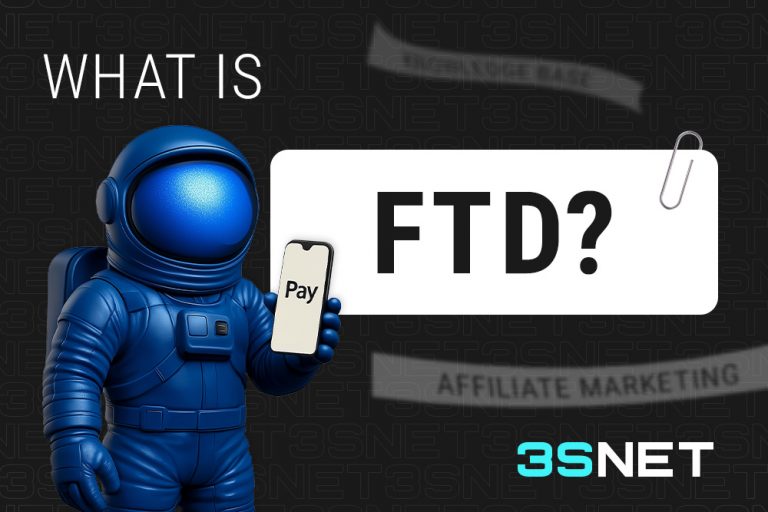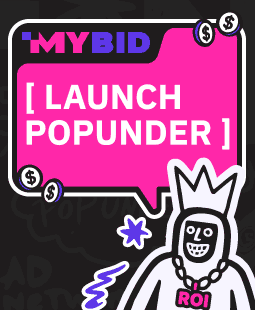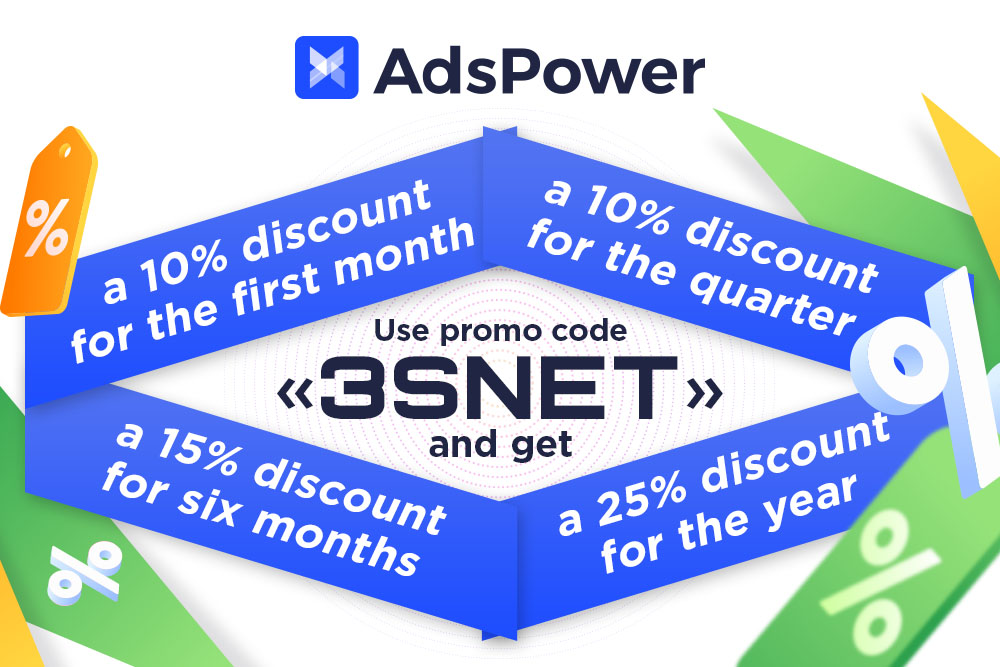
Publication date: 28 October 2025
A player’s first deposit—the First Time Deposit (FTD)—is the key conversion event in iGaming affiliate marketing. It represents the direct financial result of your arbitrage efforts, serving as the primary metric for publisher payouts. But let’s break down this fundamental concept in more detail.
What is FTD (First Time Deposit) in Affiliate Marketing?
What is FTD in gambling, in simple terms? To put it simply, FTD is the first deposit a new player makes into their gaming account after registration. It’s a key conversion metric for an affiliate, signaling that “cold” traffic has turned into a “hot,” paying customer, or in affiliate slang, a “depositing player.” Now that we understand the basics, let’s explore how this metric has evolved.
The Evolution of FTD in Affiliate Marketing
The term FTD originated in classical marketing as a “first purchase” metric. With the rise of affiliate marketing, it became a universal success measure and primary currency between advertisers (casinos) and partners (affiliates).
Originally, First Time Deposit was straightforward: any deposit triggered a fixed payout. Today, however, FTD has evolved into a more complex metric. Advertisers now commonly set conditions such as:
- Minimum deposit amounts (e.g., $20+)
- Specific payment method requirements
- Mandatory account verification
As a result of these changes, this transformation has turned FTD from a simple action into a sophisticated performance indicator that directly impacts ROI.
FTD in CPA Networks: A Transparent Model for Beginners
In traffic arbitrage, FTD typically operates under a CPA model, where the target action is a player’s first deposit. Advertisers pay partners a fixed amount for each user who completes this action.
This model remains popular among beginners due to its transparency and predictable payouts. Success in FTD arbitrage hinges on finding the right combination of offer, traffic source, and GEO. For instance:
• High-payout markets like Canada offer greater revenue per conversion
• High-engagement regions like Argentina or the Philippines provide volume opportunities
Practical Application (Case in Point)
An affiliate tests a niche casino offering $150 per FTD in Canada. They target thematic Telegram channels where users are already interested in gambling. The creatives feature slot reviews from this specific casino, highlighting easy registration and fast withdrawals.
As a result of the campaign, a registration (Sign-Up) costs about $15. The conversion rate from registration to first deposit (FTD) is 20%. Therefore, the cost per depositing player (Cost per FTD) is $75. With a payout of $150, the affiliate’s net profit per player is $75. This example shows how important it is to track not just the final FTD, but all stages of the funnel, using a specialized tracker.
First Time Deposit vs. Other Payment Models: How to Choose
Although FTD is a cornerstone, it’s not the only model in affiliate marketing. To understand its place, it’s useful to compare it with alternatives. The main difference is that FTD is a one-time reward for a specific action at the beginning of a player’s lifecycle, while other models focus on the customer’s long-term value (LTV).
| Payment Model | How You Get Paid | Pros | Cons | When to Use |
| FTD (CPA) | Fixed amount for a player’s first deposit. | Predictable income, easy tracking, low risk for the affiliate. | Does not account for future profit from “whales” (players with large deposits). | Ideal for beginners, for testing new GEOs (e.g., Chile or Italy), or for traffic when you need a quick ROI. |
| RevShare (Revenue Share) | A percentage of the operator’s net gaming revenue (NGR) from the player for their entire “lifetime.” | Potentially unlimited income from quality traffic; benefit from “whales.” | Risk of zero income if the player doesn’t play consistently; income is delayed. | For affiliates with access to high-retention, quality traffic and a willingness to work for the long term. |
| Hybrid | A combination of FTD (or CPL) and a small RevShare percentage. | Balance between an upfront payment and long-term motivation. | Less transparent calculations than pure CPA. | A universal option to reduce risk without losing potential LTV income. |
| CPL (Cost Per Lead) | Payment for a registration (lead), regardless of a deposit. | Simplest conversion goal to achieve. | Lowest payouts, as the value of a lead without a deposit is minimal for the operator. | For mass traffic sources with low engagement. |
Pros, Cons, and Pitfalls of Working with FTD
Working with FTD offers has undeniable advantages, but it also comes with nuances.
Pros: The main advantage is predictability. You know exactly how much you will earn for the target action, making it easy to calculate campaign profitability (ROI). This greatly simplifies budget planning and bid management. Furthermore, the FTD model minimizes the affiliate’s risk. You don’t depend on whether the player continues to play or withdraws their winnings later. Your task is to bring them to their first deposit, and that finalizes the deal.
Key Limitations of the FTD Model
The FTD model’s main limitation is its income cap. Even when attracting a “whale” player who generates thousands in revenue, you only receive a standard first-deposit payout. This fails to account for the traffic’s long-term value.
Critical Considerations for FTD Offers:
- Anti-Bonus Hunting Rules: Many operators require that the first deposit remains non-withdrawable initially
- Minimum Deposit Requirements: Verify specific amount thresholds before promoting
- Payment System Restrictions: Check supported payment methods, especially when targeting exotic GEOs like Bangladesh or Vietnam
Always study offer terms carefully—these factors significantly impact conversion rates and ROI.
Common Mistakes When Working with FTD
-
Ignoring Post-Approve. Initial FTD approvals can be reversed during post-approval—when operators verify traffic quality. Payments get denied for VPN use, duplicate accounts, or other policy violations. Solution: Always drive clean traffic, particularly in regulated markets like Spain.
-
Chasing the Highest FTD Payout. Selecting offers based solely on First Time Deposit amount often backfires. Casinos with poor reputation, complex verification, or slow payments suffer from low registration-to-deposit conversion rates—eliminating any advantage from the high payout. Solution: Always research operator reviews before launching campaigns.
-
Underestimating the Importance of the Landing Page. Many affiliates focus on traffic but skimp on creating a high-quality landing page. The landing page should not just call for registration but should lead the user to the idea of an easy and profitable first deposit, explain the steps, and talk about the bonus. Technologies like PWA can significantly increase conversion.
-
Incorrect Attribution and Data Loss. Using an unsuitable tracker or incorrect setup can lead to FTDs being attributed to the wrong traffic sources. As a result, the affiliate scales ineffective channels and turns off working ones. Always test the tracker-offer combination with a small amount of traffic before a full launch.
-
Ignoring the Second Deposit (STD). Don’t stop at the first deposit. A successful affiliate always monitors the Second Time Deposit (STD) rate. A low percentage signals critical issues: either you’re attracting disloyal traffic or the operator has poor retention. Consider this a direct warning to optimize your campaign or switch offers.
Tips and Lifehacks to Increase FTD Conversion
So, how can you increase the likelihood that a registered user becomes a depositing player? Here are some practical tips.
Want to apply this tool in practice and find profitable offers with payment for the first deposit? Check out current offers on the 3SNET CPA network. To dive deeper into the topic, we also recommend our reviews on specific markets: how to drive traffic to casinos in India or promote sports betting in Nigeria. And to stay up to date, follow the sporting events schedule.
FAQ
What is the difference between FTD and a Deposit?
FTD is always the *first* deposit of a specific player. A deposit is *any* deposit, including the first, second, third, and so on. In the context of affiliate marketing, FTD is the paid action, while subsequent deposits are usually only accounted for in RevShare or Hybrid models.
What is more profitable for an affiliate: FTD or RevShare?
There is no definitive answer. FTD is profitable for testing, for traffic with low retention, or when you need quick returns. RevShare can be much more profitable in the long run if you can attract loyal, active players. Many start with FTD and then, after gaining expertise, switch to hybrid models or RevShare.
Can an operator not credit an FTD?
Yes, and this is a common issue. Reasons can vary: the player used a bonus code not through your link, violated the rules (e.g., created multiple accounts), the deposit didn’t meet the minimum amount, or it was made using a prohibited payment system. To minimize risks, always study the affiliate program terms and conditions in detail.
Share it with your friends via favorite social media


















